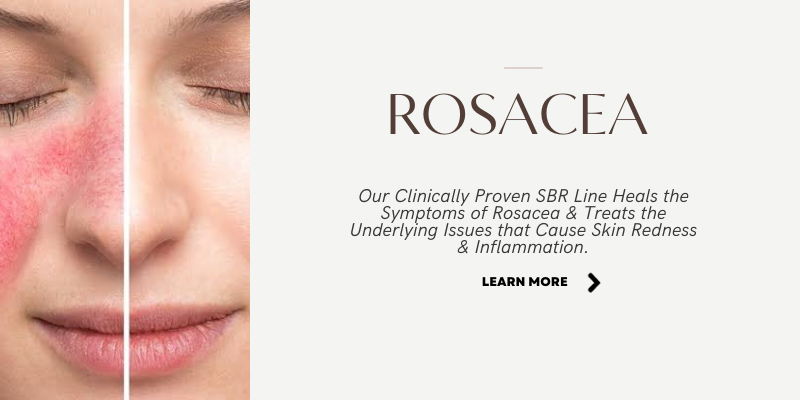Using sunscreen is critically important, but its use should be informed. Hawaii, Key West (Florida), Aruba, the US Virgin Islands, Bonaire, and Mexico are some places where the use of Chemical Sunscreens have been banned via legislation. As a result, with the knowledge that the rest of the world is going to follow suit within the next few years, some well-known brands have taken steps to get ahead of this and comply with the ban. However, many of these brands are still using ingredients that are known marine pollutants (the primary reason for the ban) and aren’t ideal for the human skin either.
These are steps in the right direction to preserve our natural resources (especially marine life/reefs) and the health of humankind into the future.
@PuravedaOrganics, we have long realized this problem, and a result formulated our“Mineral-based Sunscreen” as the solution. Our highly efficient sunscreen is made of EWG approved ingredients, and has no side effects, unlike chemical sunscreens which are sensitizing and allergenic to many people. Clean, eco-friendly, sustainable, our SunProtect SPF30+ provides 98% of broad spectrum protection when used properly, for both for you and your family.
Read on for a detailed analysis of this ban and why you need to be looking for a better alternative now:
Why The Bans?
A ban on chemical sunscreens is now legislated in many regions, especially in popular holiday destinations in the USA like Hawaii and Palau. The European Union also limits use of certain chemical UV-filters.
If your sunscreen has chemicals like Oxybenzone and Octinoxate, then you will not be able to use them or travel to these destinations with them. This ban slated to be implemented at the global level by 2025.
The ban of these chemicals is critical to safeguard our rapidly dying ocean reefs, which supports the majority of marine life and our ecosystem as a whole. These chemicals harm the planet’s coral reefs by killing the coral larvae, resulting in ‘bleaching’ or death of the living reef. This affects the life cycle and health of green algae, sea urchins, mussels, dolphins, and so on. The last known comprehensive survey of earth’s ocean reef showed an average bleaching rate of over 60%!
Other harmful chemicals in sunscreen include: Octocrylene, 4-Methylbenzylidene, 3-Benzylidene, Octinoxate, OD-PABA, benzophenone-1, and benzophenone-8. Note that even ‘safe’ ingredients such as Zinc Oxide or Titanium Oxide can be rendered dangerous to human health when ‘nano’ particulated (crushed microscopically for ease of application)..The process/ingredient in this form has been banned as well in most of the world at this point.
Switching to Better Alternatives
The use of alternatives to the above banned chemicals is designed to preserve local biodiversity and the ecosystem as a whole. When choosing sunscreen, look for mineral-based sunscreens containing NON-NANO ZINC OXIDE (or micronized versions only) & titanium dioxide as the key active ingredients. These not only offer more protection (broad spectrum with complete barrier protection against UVA/UVB/UVC rays) but are also far safer for the environment.
Complying with the requirements of the modern world, our Organic Sun Protect SPF 30+ is all natural, non-toxic, and made with 22% Micronized (Non-nano) Zinc Oxide + Shea Butter + Pure Botanical Extracts + DevaBright + Cold-pressed Oils. It is a physical sunscreen, meaning it reflects the UV rays from your skin instead of neutralizing them by absorption. With an SPF factor of 30+ (providing up to 98% protection) SunProtect is also moisturizing, sweat & water-resistant for up to 2 hours, child-safe, and 100% vegan. Easily applied (even to squirmy kids!) with no Ghostly White Cast.

Learn more regarding the key highlights of SunProtect SPF 30+, here. Also see our FAQs on how to correctly use any sunscreen.



